Rising Focus on Quality Control
The rising focus on quality control within various industries is significantly influencing the Machine Vision Software Market. As companies prioritize product quality to meet consumer expectations and regulatory standards, the demand for machine vision systems is escalating. The market is projected to grow at a rate of approximately 12% annually, driven by the need for reliable inspection systems that can detect defects and ensure compliance. Industries such as automotive, electronics, and pharmaceuticals are particularly reliant on machine vision for quality assurance processes. By implementing advanced vision systems, organizations can minimize errors, reduce waste, and enhance overall product reliability. This trend underscores the critical role of machine vision technology in maintaining high standards of quality, thereby propelling the growth of the Machine Vision Software Market.
Integration of Advanced AI Technologies
The integration of advanced AI technologies into the Machine Vision Software Market is transforming the landscape of automation and quality control. AI algorithms enhance image processing capabilities, enabling systems to learn from data and improve over time. This evolution is evidenced by a projected growth rate of approximately 20% in the machine vision sector, driven by the demand for more intelligent and adaptive systems. Companies are increasingly adopting AI-driven solutions to enhance defect detection and streamline production processes. As a result, the Machine Vision Software Market is witnessing a surge in investments aimed at developing sophisticated AI applications that can analyze complex visual data with unprecedented accuracy. This trend not only boosts operational efficiency but also reduces costs associated with manual inspections, thereby solidifying the role of AI in the future of machine vision.
Emergence of Smart Manufacturing Solutions
The emergence of smart manufacturing solutions is reshaping the Machine Vision Software Market. As industries adopt Industry 4.0 principles, the integration of machine vision with IoT and big data analytics is becoming increasingly prevalent. This convergence allows for enhanced data collection and analysis, leading to improved decision-making processes. The market is anticipated to expand significantly, with estimates suggesting a growth trajectory of around 18% over the next few years. Smart manufacturing leverages machine vision to facilitate real-time monitoring and predictive maintenance, thereby optimizing production efficiency. As manufacturers seek to harness the power of interconnected systems, the Machine Vision Software Market is likely to experience a surge in demand for innovative solutions that can seamlessly integrate with existing infrastructures.
Growing Demand for Automation in Manufacturing
The growing demand for automation in manufacturing is a pivotal driver for the Machine Vision Software Market. As industries strive for increased efficiency and reduced operational costs, the adoption of automated systems is becoming essential. The market is expected to reach a valuation of over 10 billion USD by 2026, reflecting a compound annual growth rate of around 15%. This surge is largely attributed to the need for precision and speed in production lines, where machine vision systems play a crucial role in quality assurance and process optimization. Furthermore, the integration of machine vision with robotics is enhancing the capabilities of automated systems, allowing for real-time monitoring and adjustments. Consequently, the Machine Vision Software Market is positioned to benefit significantly from this trend, as manufacturers seek to leverage technology to maintain competitiveness in an increasingly automated world.
Increased Investment in Research and Development
Increased investment in research and development is a crucial driver for the Machine Vision Software Market. As technology evolves, companies are allocating substantial resources to innovate and enhance machine vision capabilities. This trend is reflected in the rising number of patents and technological advancements in image processing and analysis. The market is projected to grow at a compound annual growth rate of approximately 14%, fueled by the continuous quest for improved performance and functionality. Organizations are focusing on developing solutions that can address specific industry challenges, such as high-speed inspection and complex image analysis. This commitment to R&D not only fosters innovation but also positions the Machine Vision Software Market for sustained growth as new applications and technologies emerge.


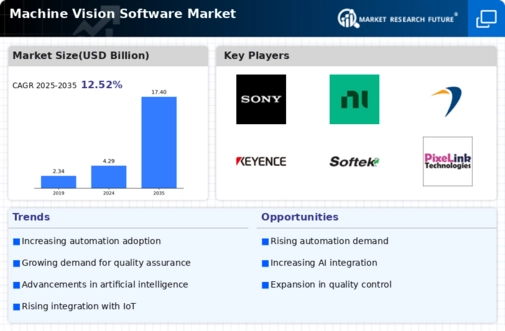



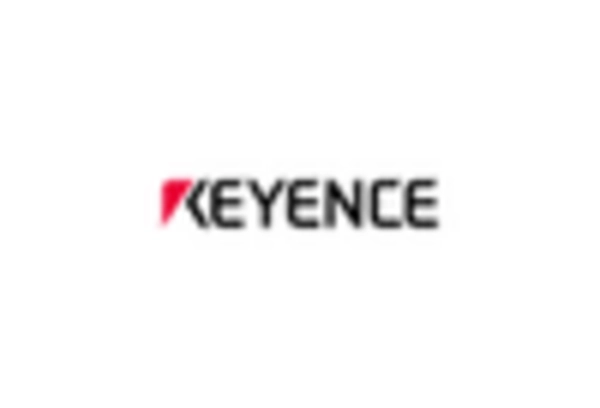
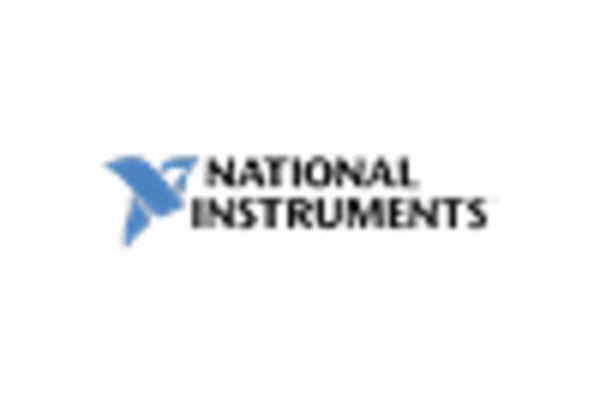
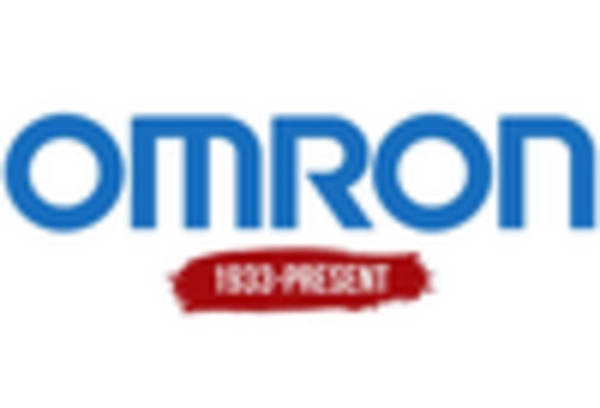
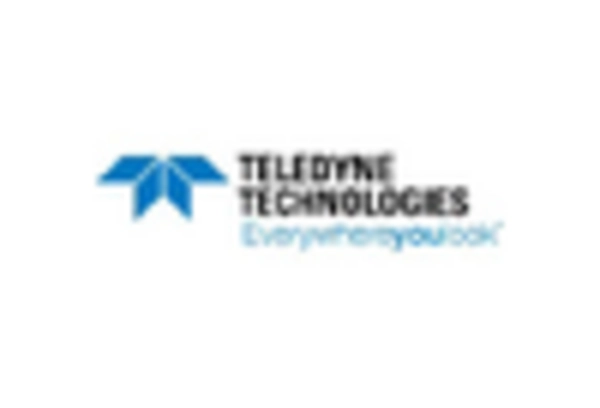








Leave a Comment